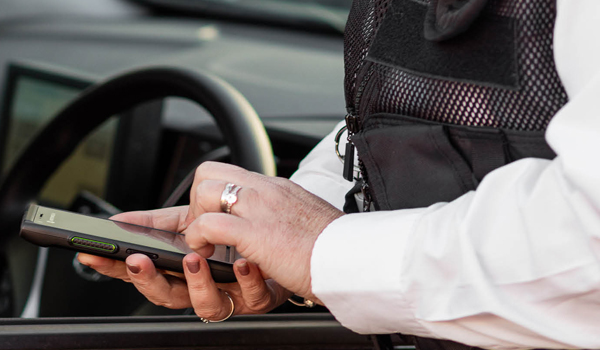PAC investigation into Home Offices high risk ESN
The Public Accounts Committee (PAC) is to hold an inquiry this month into the Governments new Emergency Services Network (ESN).
The Public Accounts Committee (PAC) is to hold an inquiry this month into the Governments new Emergency Services Network (ESN).
It follows a critical report by the National Audit Office (NAO) that said the planned replacement for the Airwave blue-light communications system was inherently high risk as a similar network has never been implemented elsewhere.
The Home Office planned to roll out the new ESN, which uses 4G LTE (long-term evolution) technology supplied by mobile operator EE, between September 2017 and December 2019, but has admitted there could be a delay of up to five months.
The ESN is expected to produce significant savings compared to the existing Tetra (terrestrial trunked radio) system, which will largely be achieved by piggybacking the system on EEs existing 4G network.
However, the PAC said while the ESN will be one of the most technologically advanced systems worldwide, several risks were highlighted in the NAO report.
In its pre-inquiry notice, the PAC said: The Government is seeking to upgrade the radio system used by the police, fire and ambulance services with a system that is not yet in use nationwide anywhere in the world, and therefore carries significant implementation risk, according to the NAO. The communication systems used by our emergency services can literally make the difference between life and death for members of the public and the services themselves.
It added: The current communication service, Airwave, has served the emergency services effectively, and has averaged 99.9 per cent availability since April 2010. It is, however an expensive system, costing £1,300 per handheld or vehicle-mounted device per year, and its data capabilities are poor. In addition, a deteriorating commercial relationship with Airwave after 2010 meant that the Government did not believe an extension or re-procurement would offer value for money.
International comparison work, commissioned by the NAO concluded that the proposed ESN solution was the most advanced in the world, with only one other country South Korea seeking to deploy a similar solution.
However, it noted that there were significant technical challenges that needed to be overcome, including working with EE to increase the coverage and resilience of its 4G network so that it at least matches Airwave and developing handheld and vehicle-mounted devices as none currently exist that would work on the ESN.
Josh Hewer, senior analyst for the market intelligence company Kable, told Police Professional that the emergency services would need to learn from one another to educate and take on board the ESN because there was a lack of expertise globally in integrating LTE as the core network for emergency services communications (PP526).
Given the time pressures, the Home Office needs to collaborate with responders to build the expertise required to bring in the ESN, he said.
EE says its 4G network will significantly improve the efficiency of the emergency services by giving them access to the type of data and applications that have benefitted private businesses in recent years.
LTE offers unrivalled broadband capabilities for applications such as body-worn video streaming, digital imaging, automatic vehicle location, computer-assisted dispatch, mobile and command centre apps and video surveillance apps, such as facial recognition.
The inquiry is being held on Wednesday, November 16. The deadline for submitting written evidence is midday on Tuesday, November 8.



